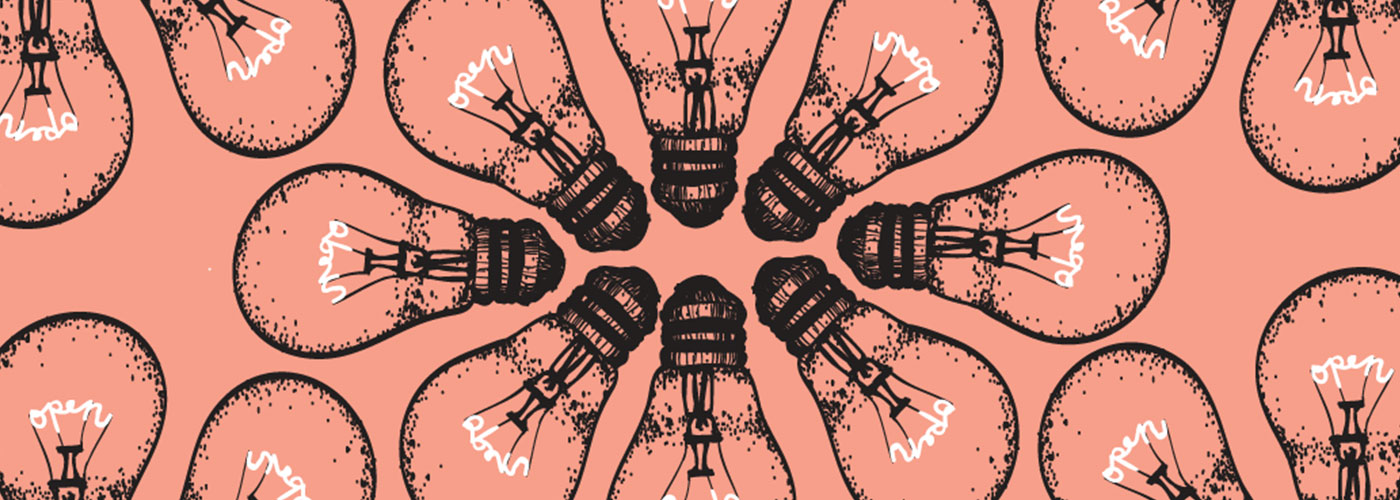Day 1: Framing the Unreasonable Institute
- Treat everyone you meet like the Messiah
- Be militantly transparent
- Lean into fear
- Experiment boldly
- Do what works
- Get shit done
- Remember to dance
Day 2: Scavenger Hunt + Farmers’ Market
Day 3: How to Define Your Mission, How to Design for It, and How to Build A Behavior Change Map
Whether you’re getting people to adopt a new product, wash their hands, or vote, you’re asking them to change the way they behave. Tweet This Quote
Day 4: How to Get Your Customers/ Beneficiaries Where You Need Them
Day 5: How to Make Your Pitch Stick
Day 6: How to Build Lasting Relationships with Mentors + Constructing Your Lean Business Model
- Unique Value Proposition: a single, clear, compelling message that turns an unaware visitor into an interested prospect.
- Problem and Existing Alternatives: 1-3 problems your venture is working to solve and the means by which these problems are currently being solved.
- Solution: outlines the solutions to each problems.
- Unfair Advantage: something not easily copied or bought
- Key Metrics: quantitative data of how your business is doing
- Customer Segments: list of target and users
- Cost Structure: list of fixed and variable costs
- Revenue Streams: lists of revenue sources
Day 7: Relationships with Mentors, Part 2 + Mentor Fridays
Give the best people the best people to change the world. Tweet This Quote



